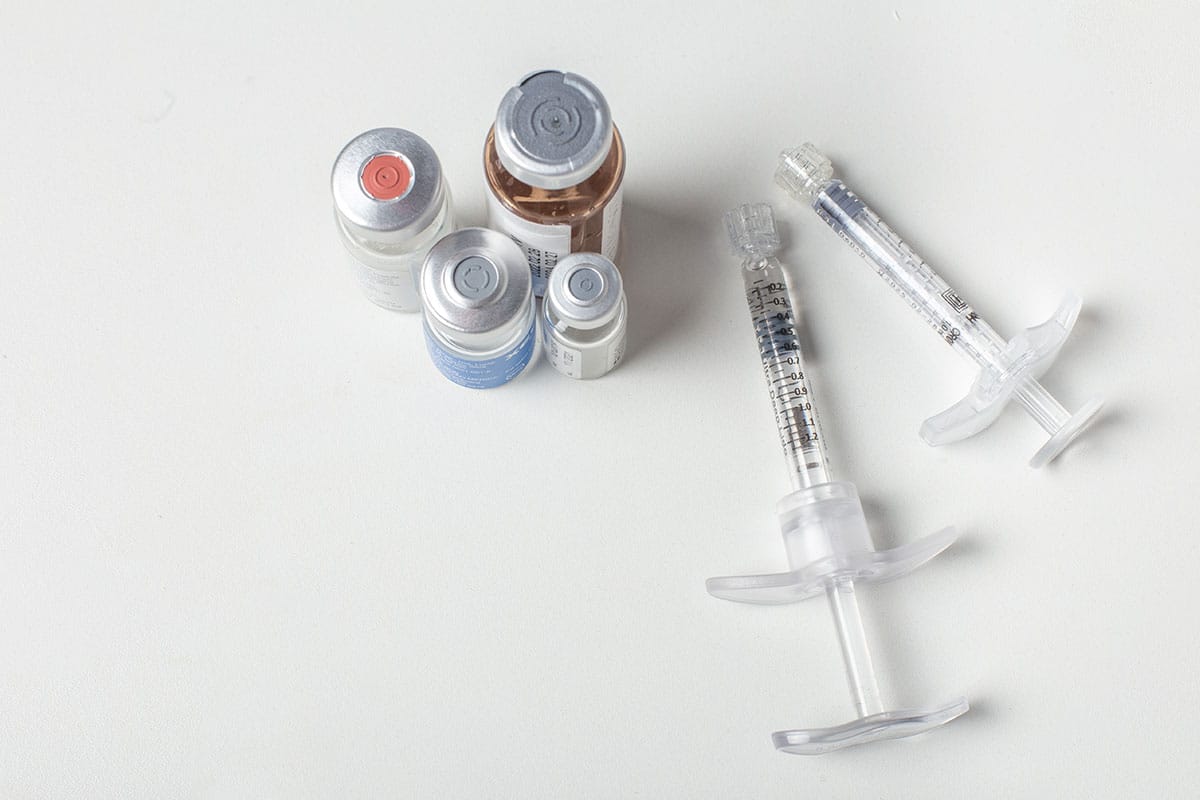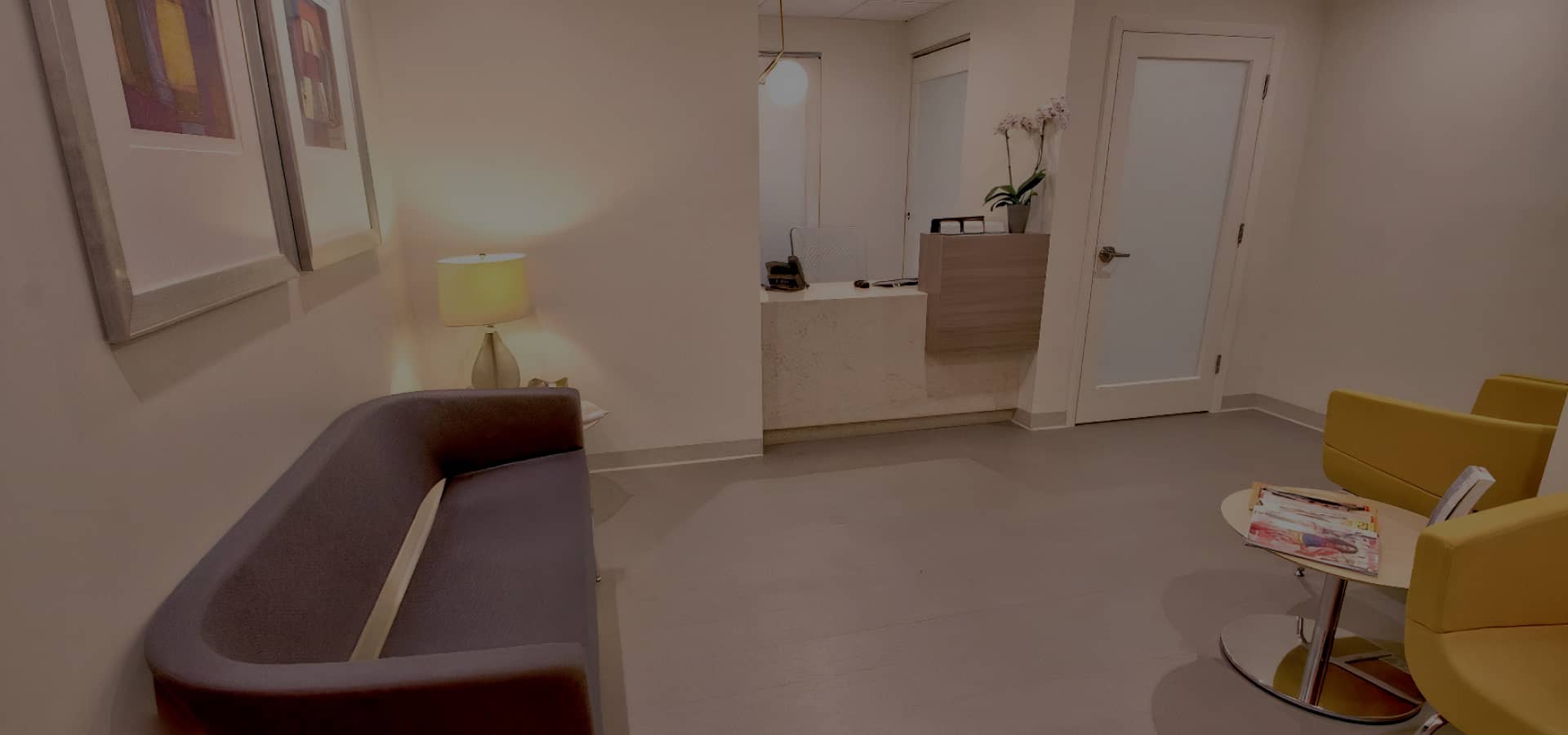Are you seeking to rejuvenate your appearance with minimally invasive treatments? Botox Cosmetic, Dysport, and Xeomin are leading contenders in the aesthetic field for smoothing wrinkles and fine lines. Understanding the differences between these injectables is crucial to achieving the best results.
Dr. Anthony Bared brings his expertise to the forefront, offering insights into each treatment’s onset, duration, and efficacy. With a focus on patient outcomes, Dr. Bared’s experience in facial rejuvenation highlights the importance of individualized patient care in the selection process.
Onset of Action
Botox is known for addressing wrinkles, showing results in 7 to 14 days, with some noticing changes within just a few days due to the active ingredient blocking nerve signals.
Dysport is appreciated for its quicker onset of action, with changes visible in 2 to 3 days, ideal for those needing fast results for upcoming events.
Xeomin closely mirrors Botox’s onset, potentially showing improvements from day three and reaching full effect after two weeks.
These facial treatments offer different onsets which is crucial for scheduling cosmetic procedures:
- Botox: Initial onset in 3-7 days, full effects by 14 days.
- Dysport: Visible changes in 2-3 days, full effects by 14 days.
- Xeomin: Onset of action in 3-4 days, full impact after 14 days.
Patients can choose the best treatment considering their schedule and the onset of action. Botox, Dysport, and Xeomin have specific active ingredients that make this possible.
Duration of Results
Botox Cosmetic, Dysport, and Xeomin are all treatments used to reduce lines, each with results typically noticeable for 3-4 months. Lifestyle and muscle activity may influence the duration of these effects.
- Botox: Commonly used for glabellar lines, undergoing regular sessions can help sustain a smooth appearance.
- Dysport: Effective for dynamic facial areas, its longevity may be affected by individual muscular structure and lifestyle.
- Xeomin: Consistency in the treatment plan can enhance results, delivering a maintained rejuvenation effect similar to other treatments.
Patients should plan for repeat treatments to continue enjoying the benefits.
Potency and Dosage Requirements for Injectable Treatments
Botox’s effectiveness is determined by the appropriate potency for each patient. A professional will evaluate muscle activity to determine the necessary Botox units for facial wrinkle reduction. The accurate dosing is crucial to achieving and maintaining smooth skin.
Dysport also serves as a potent injectable treatment, with dosage adjustments often necessary due to its different molecular size. Professionals must carefully establish the Dysport units required, considering the specific muscular dynamics.
Xeomin stands out with its lack of additional proteins compared to Botox and Dysport, which may affect the dosage and treatment intervals. As a potent option, Xeomin requires careful assessment of muscle response and dosage accuracy.
Patients can expect these treatments to be delivered with precision, taking into account individual muscle characteristics to provide the optimal unit dosage for the desired results.
Treatment Areas and Specificity
Facial Muscle Relaxation with Botox
Botox Cosmetic, a well-known choice for various facial issues, works by targeting facial muscles to reduce frown lines and smooth horizontal forehead lines. It is also used around the eyes to soften crow’s feet, creating a more youthful appearance. Additionally, Botox effectively manages gummy smiles and dimpled chins by relaxing the specific muscles involved.
Dysport for Frown Lines and Crow’s Feet
Dysport is often used for glabellar lines—the frown lines between the eyebrows—due to its ability to produce a natural effect in this region. Additionally, it is effective for crow’s feet thanks to its formulation allowing for a gentle spread in muscle activity across wider facial areas.
Xeomin: A Specialized Approach
Xeomin, which has a purer formula, is particularly adept at treating pronounced horizontal lines. It works by calming the facial muscles underlying these lines without impacting other areas, promoting a natural expression. Xeomin primarily focuses on reducing severe and moderate wrinkles associated with frown lines.
Side Effects Profile
Botox Cosmetic, Dysport, and Xeomin are neurotoxin treatments used for skin rejuvenation that share some common side effects. Patients might experience redness, swelling, or bruising at the injection site. Headaches and flu-like symptoms are also possible. Although rare, allergic reactions such as itching, rashes, and, in more severe cases, breathing difficulties can occur. If side effects persist or worsen, seeking medical assistance is important. Here is a comparison of side effect considerations for each treatment:
- Botox: May cause temporary redness, swelling, occasional bruising, and mild headaches.
- Dysport: Can result in mild pain, skin reactions, eyelid ptosis, muscle weakness, and in some cases, allergic reactions.
- Xeomin: Mild side effects include redness, swelling, potential bruising, and rare allergic reactions with severe symptoms.
Each injectable offers benefits, but it’s vital to consider these potential side effects.
Immune Response and Protein Structure
Botox, with a complex protein structure, can be immunogenic, and its protective proteins may cause an immune response. The development of antibodies can reduce the treatment’s efficacy.
Dysport’s slightly different protein composition may trigger the body’s immune system, affecting treatment durability and effectiveness.
Xeomin’s pure formulation has fewer protective proteins, lessening the chance of an immune reaction and antibody formation. This makes Xeomin beneficial for consistent, long-term results.
- Botox: Complex and immunogenic.
- Dysport: Unique protein structure with immune implications.
- Xeomin: Reduced protective proteins for minimal immune reaction.
Each treatment navigates the balance between effectiveness and the immune system’s role in recognizing foreign substances.
FDA Approval and Clinical Evidence
Botox, derived from Clostridium botulinum, has earned FDA approval for its safe and effective treatment of wrinkles and medical conditions like chronic migraines. Supported by robust clinical evidence, it remains a top choice for mitigating signs of aging and addressing specific health concerns.
Dysport has gained FDA approval as well for its ability to manage muscle stiffness and spasticity. Medical professionals also prescribe Dysport for dynamic facial lines, following strict guidelines to ensure its optimal use.
Xeomin, approved by the FDA, stands out for treating frown lines and muscle disorders in the neck. Its efficacy, backed by rigorous studies, makes it a valuable option in treatments involving botulinum toxin injections.
Each product, Botox, Dysport, and Xeomin, has undergone detailed testing and is used according to established medical protocols to ensure patient safety and positive outcomes.
Patient Satisfaction and Experience
Patients choosing Botox often do so because of its effectiveness at reducing wrinkles with consistent treatments over time. The procedure not only improves appearance but can also enhance confidence. This preference is reflected in the number of times patients typically receive Botox, a testament to its patient satisfaction.
Dysport is selected for its targeted approach and minimal recovery period. The visible improvements and the procedure’s swift process contribute to its favorable reputation among users.
Those who prefer Xeomin value the natural appearance it maintains. Continuous treatments with Xeomin underline a solid trust in its results.
Patients weigh personal choice, anticipated outcomes, and lifestyle when deciding between Botox, Dysport, and Xeomin. Patient satisfaction relies on meeting expectations with the chosen cosmetic treatments. Our blog provides more details on these options.
Choosing the Right Treatment for Facial Rejuvenation
Selecting between Botox, Dysport, and Xeomin can depend on specific goals for reducing facial wrinkles. Each of these injectable neuromodulators affects nerves that control muscle movement, diminishing the appearance of dynamic wrinkles.
The substantial difference between them lies in their formulations. Botox and Dysport contain additional proteins, whereas Xeomin does not, which might impact individual response to the substance. Such differences are essential when considering personal needs, like managing cervical dystonia or excessive sweating.
In terms of area coverage, Dysport diffuses more widely, making it suitable for larger areas, whereas Botox and Xeomin allow for targeted treatment around the eyes and mouth. The choice should align with your desired outcome, be it reducing the appearance of wrinkles or retaining natural facial expressions.
Make sure an expert administers these treatments, especially for delicate areas like the neck. These neuromodulators are part of a successful skincare routine for many who want to maintain a youthful appearance. Engage with a healthcare professional to understand which aligns with your rejuvenation goals:
- Botox:
- Ideal for: target dynamic wrinkles like forehead lines, crow’s feet
- Duration: 3-4 months
- Dysport:
- Ideal for: larger areas
- Duration: may take effect quicker than Botox
- Xeomin:
- Ideal for: those sensitive to additives
- Duration: similar to Botox
Discuss your health, expectations, and any concerns to choose a treatment conducive to a refreshed look.
Selecting the ideal treatment for facial rejuvenation is a personal decision that hinges on multiple factors. These include your unique skin attributes, aesthetic goals, and how your body might react to treatments like Botox, Dysport, and Xeomin. Expert guidance can prove invaluable in navigating these choices.
For personalized advice tailored to your needs, Schedule a Consultation with Dr. Anthony Bared. His depth of knowledge and experience ensures you can make an informed decision regarding facial rejuvenation treatments.

